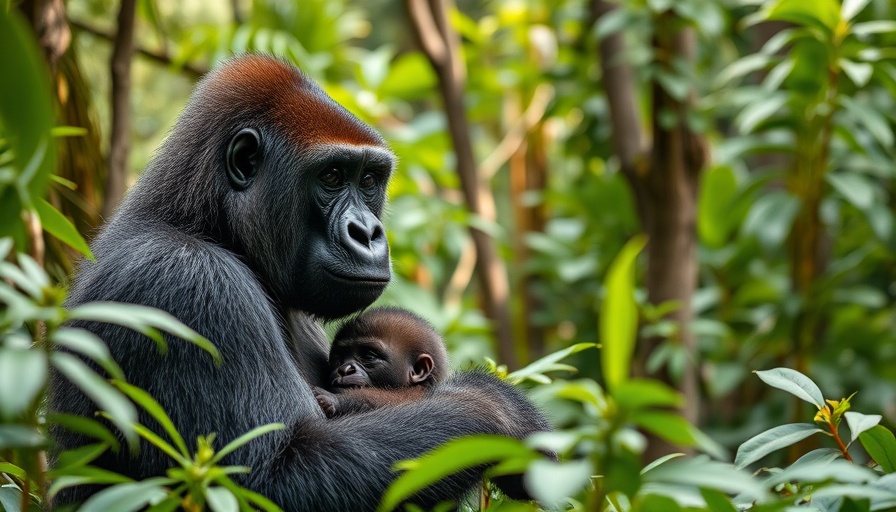
As Trump Cuts Federal Conservation Funding, Florida's Miccosukee Tribe Takes Action
Amidst recent decisions by the Trump administration to drastically reduce federal funding for conservation projects, Florida’s Miccosukee Tribe is taking initiative to safeguard their ancestral lands by purchasing key areas to establish a wildlife corridor. This corridor is designed to maintain vital habitats, particularly for endangered species like the Florida panther and Key deer, providing a lifeline for these animals and contributing to the ecological health of the region.
A Historical Commitment to Land and Nature
The Miccosukee Tribe, with roots in the lush Everglades, believes in a deep bond with their environment, shaped over generations. As Talbert Cypress, chair of the tribe, emphasized, "Our collective Indigenous Knowledge offers a unique perspective informed by this deep relationship to the lands and waters." This statement highlights the tribe's long-standing commitment not only to their cultural heritage but also to preserving the ecological integrity of the area they have stewarded for centuries.
The Urgency of Wildlife Conservation
According to a report by The Guardian, the tribe entered into a partnership with the Florida Wildlife Corridor Foundation, aiming to connect approximately 18 million acres of both privately owned and state land, forming a protective network for wildlife. This initiative is in direct response to the concerning statistic that over 60% of federally recognized tribes have collectively seen their conservation funding decrease by over $56 million since Trump's second term began. The urgency to act has never been clearer.
A Moral Obligation and Community Empowerment
The Miccosukee Tribe’s actions stem from what they describe as a “moral obligation” to safeguard their traditional territories. Cypress stated, “We have a constitutional duty to conserve our traditional homelands, the lands and waters which protected and fed our tribe.” This perspective is crucial as it emphasizes the tribe's responsibility not only to themselves but to the entire ecosystem that they are part of—a compelling narrative that resonates with the sustainability values cherished by young, eco-conscious adults.
Broader Implications for Tribal Rights
As the Miccosukee Tribe navigates the complexities of federal funding and environmental stewardship, it also brings attention to the legal obligations of the U.S. government to uphold treaties pertaining to tribal lands and resources. While tribes possess their own distinct governance, the potential for federal underfunding raises valid concerns about the stewardship of these lands and the rights of tribal members, compelling the community to be innovators in conservation.
Future Trends in Conservation Efforts
The actions of the Miccosukee Tribe could inspire similar movements among other indigenous groups across the U.S. who are facing funding challenges. This change could spark a renewed interest in grassroots conservation efforts as tribes reclaim their role in environmental management. The success of such initiatives can potentially shift public perception and encourage a broader recognition of indigenous knowledge in conservation discussions.
Take Action: Supporting Local Conservation Initiatives
As residents and eco-conscious individuals, you can advocate for wildlife conservation in your communities. Whether through local activism, voting for conservation-friendly policies, or even supporting indigenous rights initiatives, small actions can collectively lead to significant change. Together, we can contribute to the legacy of preserving our natural world much like the Miccosukee Tribe strives to do.
Conclusion: The Intersection of Culture and Conservation
The Miccosukee Tribe's proactive measures reflect a profound intersection of cultural heritage and ecological responsibility. Their commitment not only protects endangered species but also revitalizes a community's connection to its history and land, serving as a poignant reminder of the power of local action in the face of federal inaction. We all have a role to play in safeguarding the environment for future generations.
 Add Row
Add Row  Add
Add 




Write A Comment